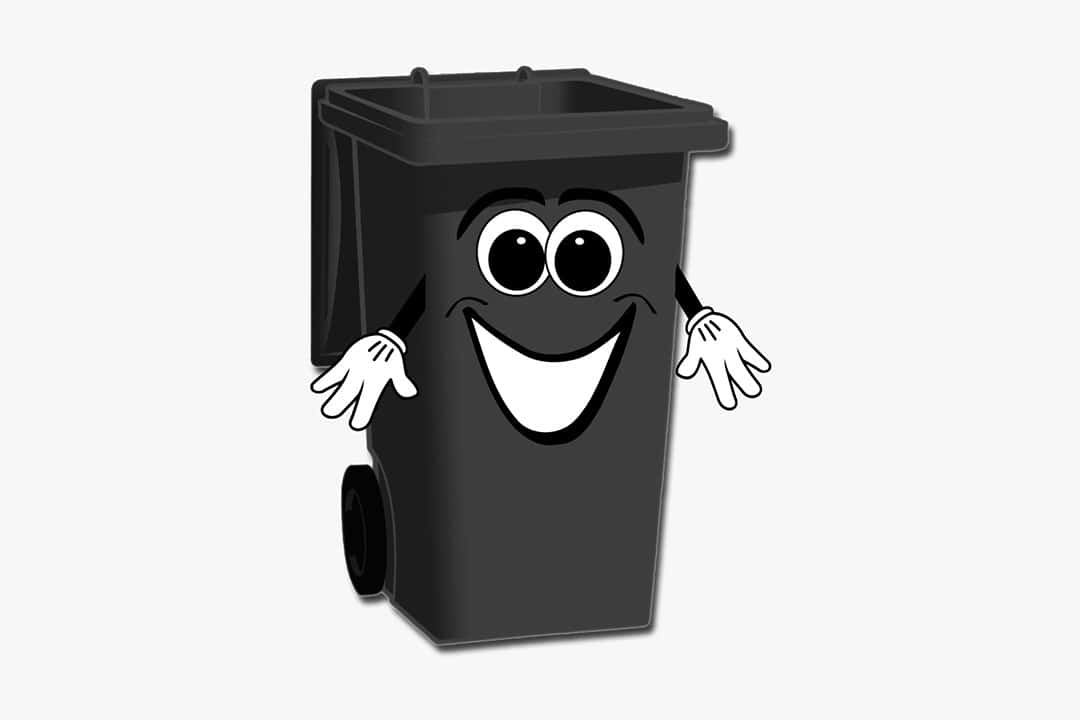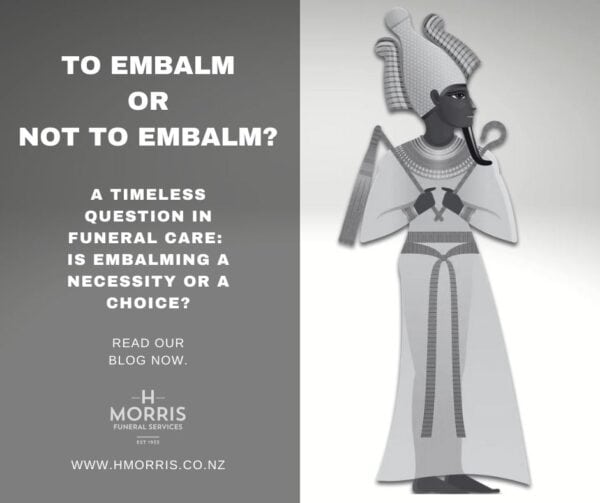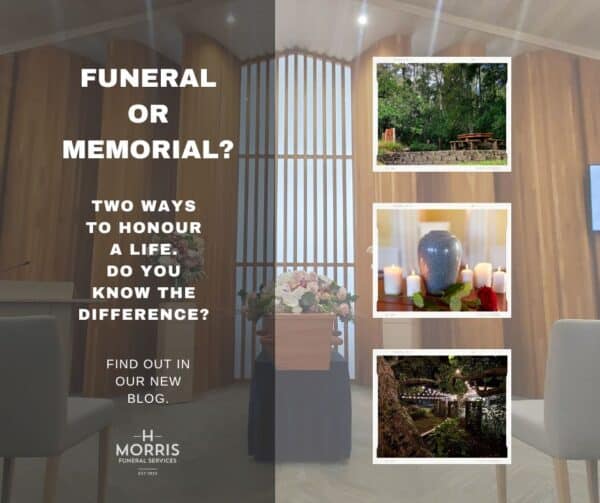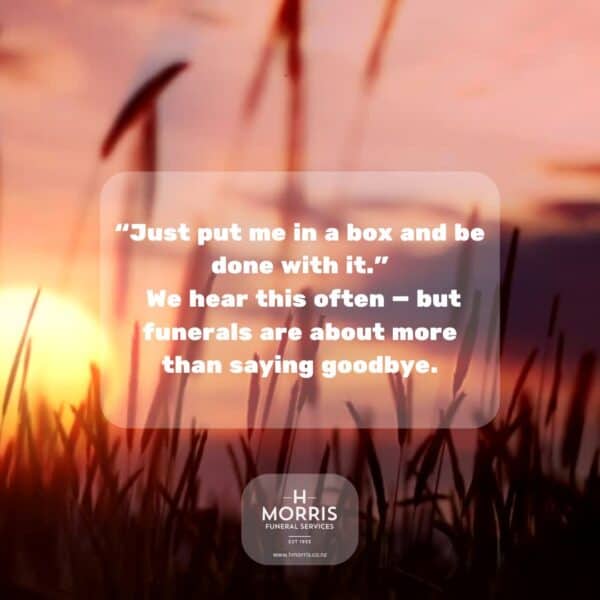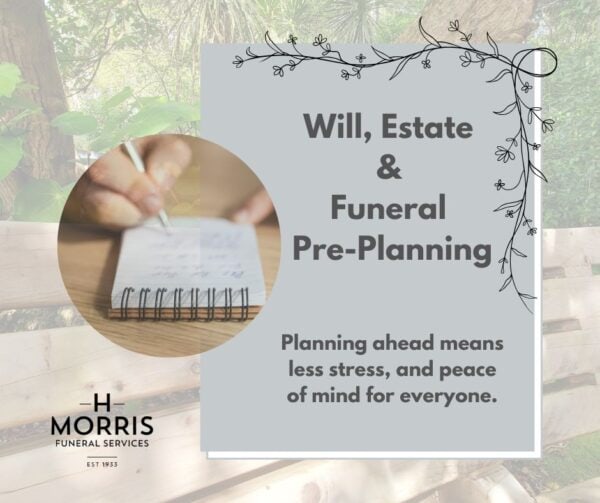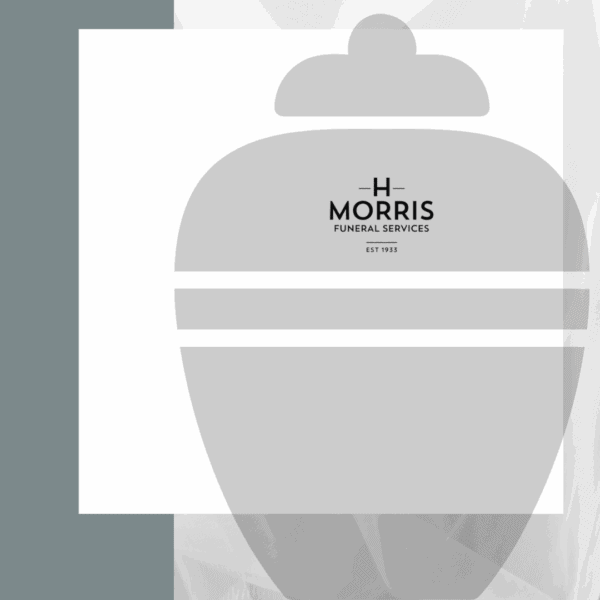Wheelie bin on a Wednesday
Our recent bus-stop and social media advertising around casket choices did reveal some fairly curious preferences: a cleansak, a body-bag, a wheelie-bin, a cardboard box – though one person has proposed a simple ‘no-dying’ policy, sidestepping the discussion entirely…
So in the interests of addressing some of the questions online and simply knowing stuff, here’s funeral industry legal and practical insight.
The basic need to move someone from where they died to where a burial or cremation will take place is at the core of this discussion. The form of what it looks like is really open to interpretation, though, and while funeral directors all have a wide range of caskets available for families to consider, so too is the option of making a casket yourself – for yourself, if you are sufficiently motivated and tooled up, or in touch with a casket club. Here’s an article written by brothers who contacted us ahead of taking care of their grandparents’ funerals each time, and you’ll get a sense of the satisfaction from fulfilling the tasks and their duties. https://thespinoff.co.nz/society/20-07-2022/how-to-diy-a-funeral
But in the most reductive sense, you don’t need a casket. For example in the case of Muslim burials, deceased are wrapped in a formal shroud. Carrying the person from a vehicle to grave’s edge can be difficult without some kind of rigid form, so typically the wrapped body is moved on a platform or pallet and walked across to the grave, lifted off, and lowered using a mat, the face resting towards Mecca. Protection in the form of a piece of plywood is placed over the body so the dirt is kept off their face and body – a courtesy in New Zealand’s clay soils. Similarly, Waikumete Cemetery in Auckland has an area set aside for natural or green burials where a shroud or sheet secured with a broad ribbon to a bearer is welcomed. https://www.returntosender.co.nz/products/caskets/contemporary-range/shroud-bearer/
Although dealing with different elements – fire, not earth – the expectation of dignity at a cremation is constant. Staff at any crematorium are dealing with high temperatures and equipment that needs to be treated with nearly as much respect as the deceased they are handling, so some form of platform is needed to roll into the cremator – no scenario ever includes slinging anyone – a-one, a-two, a-three – from this world to the next. The cremator door goes up, the deceased goes in, the door comes down; minimal fuss, no room for error, a fairly functional act unlike the slower graveside choreography of soil and gravity.
Again, the invitation is open to make a casket, and there are very practical considerations to factor in if you are considering the task. Clearly, your person needs to fit inside it, and then the casket needs to fit into the cremator. Around Auckland, the widest casket that can be received for cremation is 930mm (and up to 200kg), giving plenty of scope for most of us. If, however, you are constructing a casket for someone near that end of the Bell curve, it may become necessary to bury them rather than cremate. Whoever it is that has died, they will need to be carried at some point of the process, so make sure you fit handles that will cope – they can be removed prior to burial or cremation, but more typically any rope or plastic handles stay attached and are cremated along with the casket.
Material choices for a casket are important – sorry, Princess, no curative kiss has ever been witnessed, and there’s no glass coffin option for cremation because melted glass damages the brick floor of the cremator – and sorry, Curmudgeons, the wheelie bin isn’t an option either because the thick black smoke won’t meet emission standards and will ruin the filters.
For those of you who prefer to choose a ready-made casket, we can provide a blank canvas to be drawn or painted on by family members, or we can present sealed steel caskets for burial designed to protect the deceased through to just this side of the next millennium; or a themed casket that you think reflects the individual character of the person who has died; or instead a simple casket that acknowledges that in death we are all alike, without exception or privilege.
As an aside, perhaps someone would like to ask a leading question about Viking or sea burials, or funeral pyres, or some other means of disposition that are becoming available overseas or are under consideration locally – or indeed ask about an element of our work that has piqued your curiosity or been part of your 2am thinking for the longest time.
Let us know – we’ve been around for a while, and if we don’t know, then we know people who will.
H Morris Funeral Services
Let us help you
We are always on hand to answer any questions you might have. We know what we are doing, and we’re here to look after you. Call or email us, we will guide you and liaise with the authorities on your behalf.

